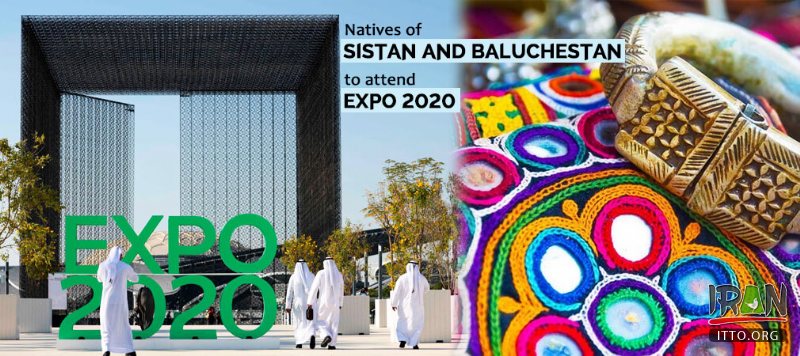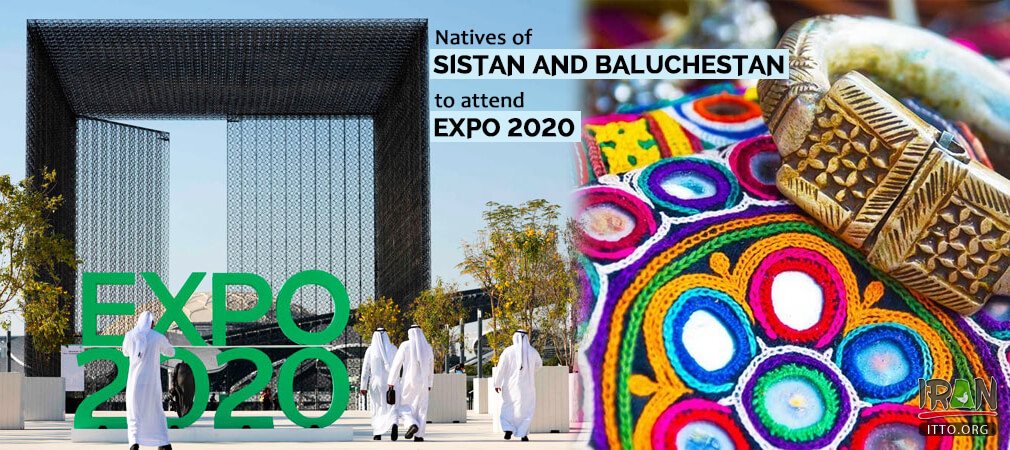A selection of exhibitors from
Sistan and Baluchestan Province will be attending the expo in
Dubai, in the month of Bahman (January - February) to present a variety of programs," the provincial tourism chief Mr. A. Jalalzaei said.
A wide range of
Sistan-Baluchestan's ancient
handicrafts, live performances, and workshops, and introductions to cultural and natural destinations, and the archaeological sites is expected to take the center stage at the Iran pavilion during the event, the official explained.
Visitors to the pavilion are offered to discover epitomes of the ancient land in terms of rituals, handicrafts,
cultural heritage, and travel destinations. It also reveals more about medical tourism, novel startups, and off-the-beaten tracks. Many countries and companies are also looking to the expo - the first major global event open to visitors since the
coronavirus pandemic - to boost trade and investment.
According to organizers, the Expo, an exhibition of culture, technology, and architecture under the banner “Connecting Minds and Creating the Future”, is expected to be a demonstration of ingenuity, and a place where global challenges such as climate change, conflict, and economic growth can be addressed together.
Iran expects to reap a bonanza from its numerous tourist spots such as
bazaars,
museums,
mosques,
bridges,
bathhouses,
madrasas,
mausoleums,
churches,
towers, and
mansions, of which 26 are inscribed on the
UNESCO World Heritage list.
The collective province --
Sistan in the north and Baluchestan in the south -- accounts for one of the driest regions of Iran with a slight increase in rainfall from east to west, and an obvious rise in humidity in the coastal regions. In ancient times, the region was a crossword of the Indus Valley and the Babylonian civilizations.
The province possesses special significance because of being located in a strategic and transit location, especially
Chabahar which is the only ocean port in Iran and the best and easiest access route of the middle Asian countries to free waters. The vast province is home to several distinctive archaeological sites and natural attractions, including two UNESCO World Heritage sites, namely
Shahr-e-Soukhteh (
Burnt City) and
Lut desert.



